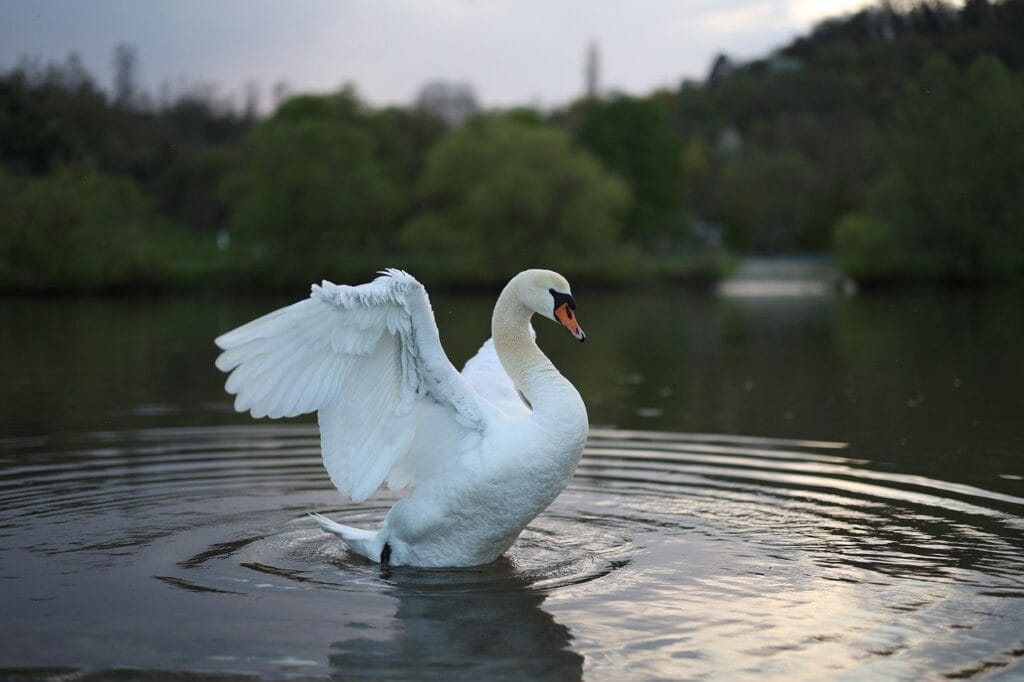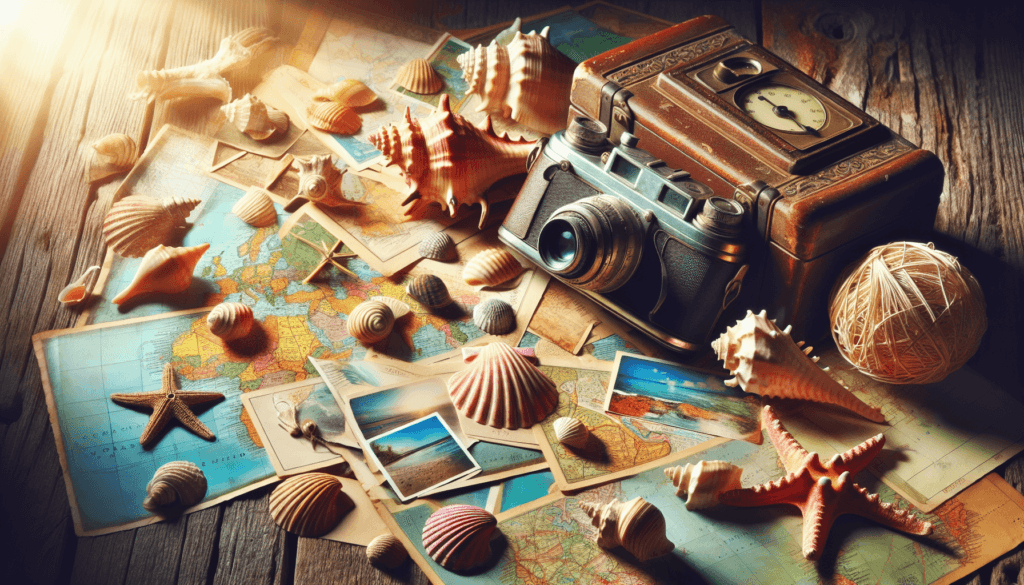How to Capture Travel Memories Creatively. What does it take to capture travel memories creatively? This question sits at the heart of a quest that has long intrigued travelers, artists, and storytellers alike. Exploring vibrant locales, sampling exotic cuisines, and navigating foreign cultures all contribute to the tapestry of travel experiences. However, as fleeting as these moments can be, capturing them in ways that preserve their essence requires more than just casual photography or jotting down notes. It demands a thoughtful approach that marries creativity with meticulous documentation.
In today’s digital age, where every click can immortalize an instant, the challenge lies in capturing memories that not only endure but evoke the full spectrum of emotions felt during these experiences. This article dissects the art of creatively capturing travel memories, providing insight into techniques and strategies that ensure every photograph, every note, and every souvenir resonates with personal meaning and authenticity.
Table of Contents
Historical Context of Travel Documentation
The yearning to document travel is not new. Historical accounts reveal that travelers and explorers of yesteryears have diligently recorded their wanderings. Through diaries, sketches, and letters, figures like Marco Polo and Ibn Battuta chronicled their journeys, sharing their encounters with distant cultures and landscapes in vivid detail. These early forms of travel documentation underscore the intrinsic human desire to share experiences beyond one’s immediate sphere.
Travel documentation has significantly evolved since those early days, adapting to technological advancements and shifting cultural landscapes. The historical context sets the stage for understanding how modern techniques build upon traditional methods. By examining how past travelographers managed to preserve the essence of their journeys, contemporary travelers can draw inspiration and effectively employ modern tools at their disposal.
Current Trends in Travel Documentation
Today, the scope of travel documentation has dramatically expanded, influenced by technological advances and changing societal preferences. The rise of social media platforms such as Instagram and YouTube has revolutionized how people share travel memories, enabling instantaneous broadcasting to a global audience. With just a smartphone, anyone can document a voyage and share it with family, friends, or followers worldwide.
Critically, the influx of digital photography tools and editing apps has democratized the art of travel documentation, making it accessible to amateur hobbyists and seasoned professionals alike. This proliferation of digital technology entails endless possibilities for creativity; however, it also challenges individuals to capture meaningful and original memories that stand out amid a sea of content.

Key Concepts and Definitions
To navigate the vast array of methods available for capturing travel memories creatively, it’s crucial to define some key terms and concepts.
Creativity in Travel Documentation: The use of innovative thinking to produce unique and personal methods of capturing and sharing travel experiences.
Holistic Approach: A comprehensive strategy that integrates various forms of media, including photography, writing, and souvenirs, to create a multi-faceted memory of a trip.
Digital Storytelling: The art of using digital tools to tell a narrative, employing videos, images, and text in a cohesive presentation.
Sensory Journaling: A method of documentation that focuses on capturing the sensory elements of an experience, such as sounds, smells, and tactile sensations, to convey a richer narrative.
Techniques for Creative Travel Documentation
The cornerstone of capturing travel memories creatively is diversity in approach. Combining multiple techniques can enrich the experience of reminiscence and provide different perspectives on the same journey. Here are some strategies:
Photography with Purpose
Photography remains a ubiquitous method for capturing travel experiences. To elevate this beyond mere snapshots, travelers should approach it with intentionality. This involves understanding the story one wants to tell and using photography to convey emotions and narratives rather than just visual content. Consider experimenting with angles, lighting, and subjects to encapsulate the essence of a place. Exploring techniques like long exposure for capturing motion or macro photography for details can also add depth to one’s travel narrative.
Creating a Travel Journal
The practice of journaling allows travelers to reflect on daily experiences in their own words. Keeping a journal that blends text with sketches or pasted memorabilia like tickets and keepsakes can create a tangible, personalized account of the journey. This method does not require artistic proficiency—its value lies in its authenticity. Sensory journaling, which captures more than visual stimuli by documenting sounds, smells, and emotions, can create a vivid, immersive record of experiences.
Video Logs and Digital Storytelling
With the increasing availability of video technology, creating travel vlogs can be an effective way of telling one’s story. While raw footage captures the immediacy of a moment, sophisticated editing can enhance a narrative by integrating music, voiceovers, and descriptive text. Platforms like YouTube or personal blogs offer abundant exposure for these digital stories, presenting travelers opportunities to engage with a worldwide audience.
Collecting Souvenirs with a Story
Souvenirs provide tangible connections to intangible memories. Rather than purchasing generic mementos, select items that hold personal significance or tell a story of the location. Crafting a memory box with these items, accompanied by written anecdotes about where each was acquired, can preserve the essence of a journey in ways that resonate when revisited.
Mixed Media Art Creations
Engaging in creative arts like scrapbooking or collaging offers another dimension to preserving travel memories. Combining photographs, maps, ticket stubs, and personal narratives into a cohesive artwork transforms travel documentation into an expressive craft. This tactile approach not only preserves memories but also becomes a reflective activity that deepens the emotional connection to the journey.

Evaluating Different Perspectives
Travelers may perceive and capture their experiences through different lenses, influenced by cultural backgrounds, personal preferences, and intended audience. A comprehensive approach to creative documentation should acknowledge and respect these diverse perspectives:
| Perspective | Focus | Techniques Employed | Characteristics |
|---|---|---|---|
| Artistic | Emotional expression | Photography, mixed media | Personal, emotive, visually driven |
| Analytical | Logical and factual recording | Journals, blogs, vlogs | Informative, detail-oriented, often structured |
| Experiential | Immersive sensory experience | Sensory journaling, audio/video | Sensory-rich, narrative-focused, subjective |
| Historical/Cultural Emphasis | Contextual and referential | Storytelling, video logs | Contextual, culturally aware, often reflective |
| Inspirational | Motivating and awe-inspiring | Social media storytelling, poetry | Aspirational, emotionally impactful, thoughtful |
Each of these perspectives offers distinct lenses through which to view and document travel experiences, providing myriad avenues for creative exploration.
Impact and Consequences of Creative Documentation
Capturing travel memories creatively impacts how individuals internalize and share their experiences. The nuanced understanding gained from deliberate documentation can reinforce emotional connections, shape personal narratives, and influence others’ perceptions of the destinations. However, it is vital to consider ethical aspects of documentation, respecting local cultures and individual privacy while engaging in these practices.

Predictions and Future Implications
As technology continues to evolve, the landscape of travel documentation is poised for further transformation. Augmented and virtual reality may lead to new dimensions of immersive storytelling, while artificial intelligence could offer personalized tools for curating and editing travel narratives. Despite these advancements, the core focus should remain on creativity and authenticity.
The Future of Travel Documentation:
- Augmented Reality (AR) Experiences: Enhance travel documentation with interactive layers of information.
- Virtual Reality (VR) Storytelling: Offer more immersive experiences that transport viewers to specific locations.
- AI-Enhanced Curations: Use algorithms to organize and edit content more efficiently, maintaining creativity and personal touch.
The future implications of these trends on industry practices, societal perspectives, and individual behaviors must be considered critically. As travelers navigate these novel possibilities, maintaining a balance between innovation and the cherished tradition of personal storytelling remains vital.
Conclusion
In conclusion, capturing travel memories creatively is a multifaceted endeavor that demands a thoughtful synthesis of traditional and novel techniques. From photography and journaling to digital storytelling and collecting meaningful souvenirs, each method contributes uniquely to the tapestry of travel experiences. By embracing a diversity of perspectives and reflecting on the evolving landscape of documentation tools, travelers can craft narratives that resonate long after the journey’s end. What are your thoughts on these techniques, and how might you incorporate them into your next adventure? Whether it’s through art, storytelling, or digitally curated experiences, the aim remains to eternalize the fleeting yet transformative moments that travel brings.

Travel memories you’ll never forget: 10 creative ideas
What Should I Know About The Etiquette Of Taking Photos In Different Cultures?
